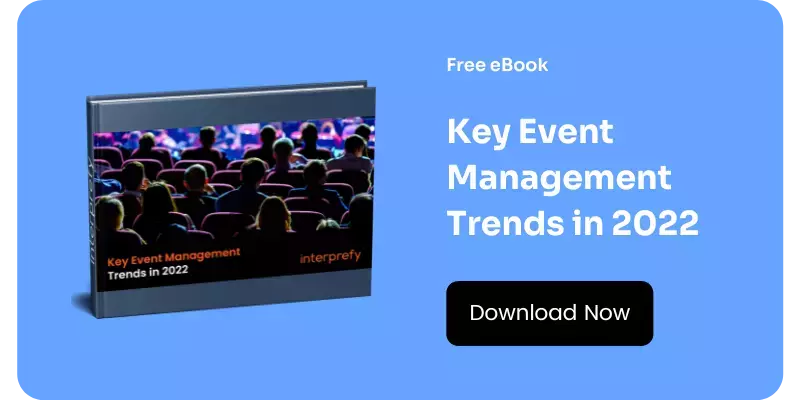I was on a flight from Barcelona to London recently and found myself contemplating the predicament event organisers face today when it comes to the use of technology.
The reason for my trip was to attend an industry trade show at which our company was exhibiting. These shows are a good way to keep a finger on the pulse of the industry and to that end, I managed to find some time to attend some of the keynote speeches.
It didn’t take long to notice a recurring theme.
Time and time again keynote speakers and exhibiting vendors spoke passionately about one central objective: conference engagement. Event audiences in the past were merely passive spectators, so the argument goes. But today, with sophisticated technology available at our fingertips, conference engagement is a key focus for attendees. Apps, slide sharing software and passive engagement technologies are the instruments PCOs have at their disposal to boost conference engagement. And the client expectation is to have some guidance as to which technologies to pack into their event in order to maximise the number of interactions.
But has the industry lost its way in its quest for engagement?
Conference organisers naturally want good outcomes for their clients. And there is huge pressure for organisers to understand the technology landscape, which is littered with thousands of apps – some encompassing turnkey engagement solutions, others offering very specific applications. The problem is that at any event there are often several different apps, requiring attendees to scroll through digital distribution platforms and then search within an app for very specific information. While you could argue this is engagement, you could equally say it’s a distraction. And an unnecessary one.
So, how can event professionals embrace technology effectively to boost conference engagement among attendees?
Build a vision for your event. The technology will follow.
If 2019 was the year of engagement, I believe 2020 will be the year of immersion. My own background is communications and marketing. At the heart of my profession is good story-telling. Any successful brand will be able to communicate its values clearly and succinctly to maintain its relevance and vitality in our fast-moving world. In the same way, events need to tell a story, and if we want real conference engagement at the emotional level, they will need to convey a consistent and coherent set of values at each step of the planning process.
Why is your conference taking place in this location? How are your speakers and performances relevant to the overarching message you are trying to convey? How are you taking into account your audiences specific needs and do you have a diversity policy to cater for the cultural and linguistic backgrounds of your audience?
As the plane landed at Heathrow, I concluded that to overcome the technology predicament, these are the kinds of questions that need to be addressed at the planning stage. If organisers can do this, they will be well-placed later down the line to increase conference engagement across the board. Once a logical sequence of events has been planned with an examination of the demographics of the audience, event organisers will be well placed to seek out technologies from suppliers who share their values and are therefore able to make an immersive and transformative event.
Make sense of the event. Turn it into a journey. And show the audience you have thought about them. Then you will have an immersive journey that people will remember.





.webp?width=468&quality=high)





 More download links
More download links



